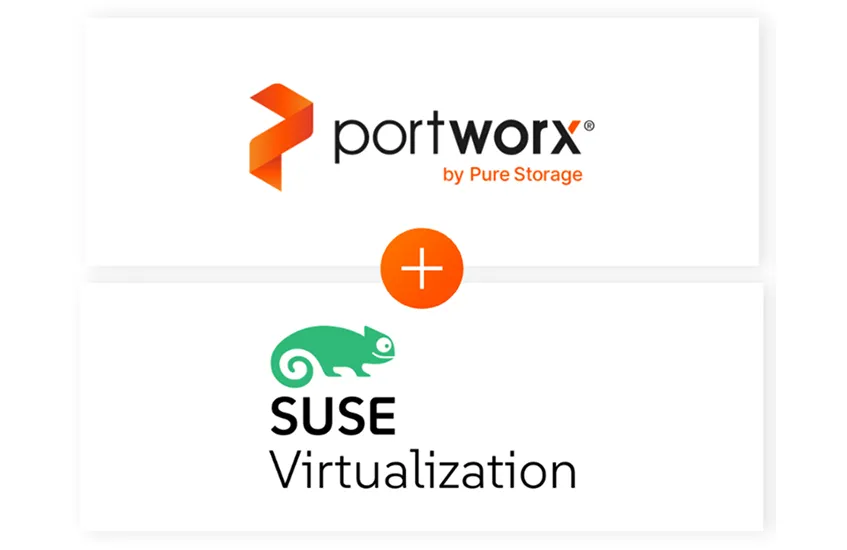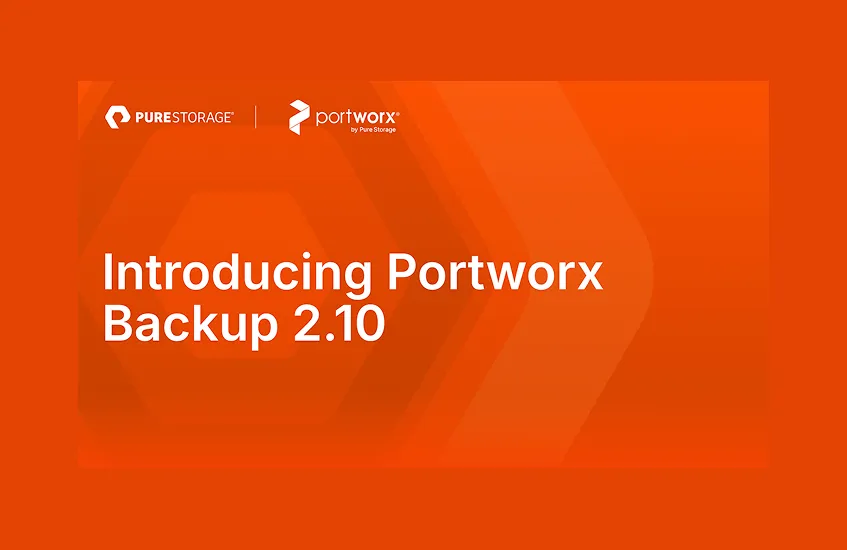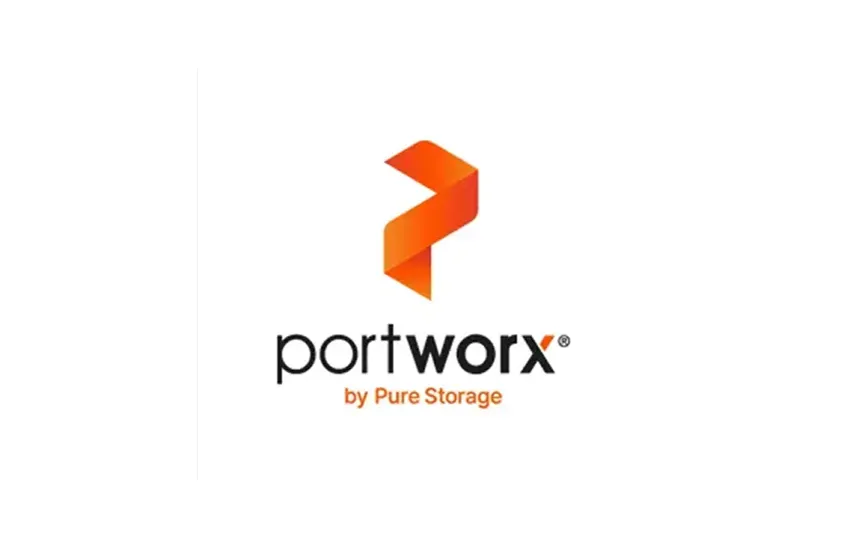Virtualization administrators have long relied on mature hypervisor platforms to run enterprise applications with high availability, live migration, and robust backup capabilities. As organizations embrace Kubernetes to modernize their infrastructure, many are asking: Can VMs run reliably in a Kubernetes-native world. The answer is a resounding yes and Portworx is here to bridge the gap between traditional VM operations and modern container-native infrastructure.
In our upcoming releases of Portworx Enterprise 3.3 and Portworx Backup, we’re introducing powerful new capabilities designed specifically for virtualization teams looking to run VMs in Kubernetes—without compromising on performance, mobility, or data protection.
Live Migration for Kubernetes-Native VMs: Simplified with RWX Block Volumes
Live migration for VMs is a foundational feature in any production-grade virtualized environment. In Kubernetes, KubeVirt enables live migration of virtual machines as long as their storage volumes support multi-node access, specifically the ReadWriteMany (RWX) capability defined by the CSI (Container Storage Interface) spec.
Some RWX implementations rely on NFS-based shared storage to satisfy this requirement. While this approach works for many containerized workloads, it introduces potential I/O overhead for virtual machines
- VMs typically use their own local file systems (e.g., ext4, xfs) and virtual disk images.
- These disk images are then layered over an NFS mount, which sits atop another local file system and ultimately maps to a virtual block device managed by the storage layer.
- This stacked I/O path could result in performance overhead when going over the network and added complexity which is particularly problematic for latency-sensitive workloads.
To solve this, we’re introducing shared block volume support optimized for VM live migration. Portworx now enables raw block devices to be shared between just two nodes, the source and target of a live migration as VMs only need volume visibility (not simultaneous access) during migration. With this approach, the VM runs directly atop a Portworx-backed virtual block device:
The result is better performance, simpler architecture, and seamless live migration support inside Kubernetes while maintaining the same operational expectations virtualization admins are used to.
Synchronous Disaster Recovery for Virtual Machines
Disaster recovery is a top priority for any virtualization strategy. In traditional environments, administrators often rely on synchronous replication across clusters or availability zones to ensure high availability and zero data loss.
We’re now extending Portworx Metro-DR, our synchronous replication solution to support VMs managed by KubeVirt.
Metro-DR maintains real-time block-level replication between two locations, allowing virtual machines to failover instantly with no data loss. This ensures
- RPO = 0 (no data loss)
- RTO = near-zero (minimal failover time)
- Seamless VM availability across zones

In failure scenarios, KubeVirt can reschedule the VM to the remote site while Portworx ensures that storage is already in sync and available, mimicking the behavior virtualization admins expect from enterprise-grade synchronous DR solutions.
File-Level Recovery for VM Backups
In traditional VM management, restoring individual files from a VM backup is a prerequisite. The alternative of requiring a full virtual disk restore can be tedious, particularly when you only need a single file.
With the upcoming release of Portworx Backup, virtualization teams can now browse VM backups and perform file or directory-level restores which dramatically improves recovery workflows and reduces time-to-resolution for common incidents.
- File system browsing of backed-up VM images
- Granular restore options for individual files or folders
- Support for restoring to original or alternate locations
This feature provides administrators with the same fine-grained recovery capabilities they’ve come to expect from mature VM backup platforms—now in Kubernetes-native environments.
Bringing Familiar VM Capabilities to Kubernetes
Portworx is focused on making the transition to Kubernetes-native virtualization as smooth and powerful as possible for virtualization teams. With support for simplified live migration,synchronous DR, and file-level backups, Portworx bridges the operational expectations of traditional VM admins with the agility of cloud-native infrastructure.
Whether you’re running VMs, containers, or a mix of both, Portworx enables a unified storage and data protection layer that scales with your modernization goals.
Register now for our upcoming webinar on April 24 at 10am PT/1pm ET to learn how to avoid common storage pitfalls, design a unified platform, and optimize performance for VMs on Kubernetes with Portworx Enterprise 3.3.
Share
Subscribe for Updates
About Us
Portworx is the leader in cloud native storage for containers.
Thanks for subscribing!

Accelerate Modern Virtualization with Portworx and SUSE Virtualization







